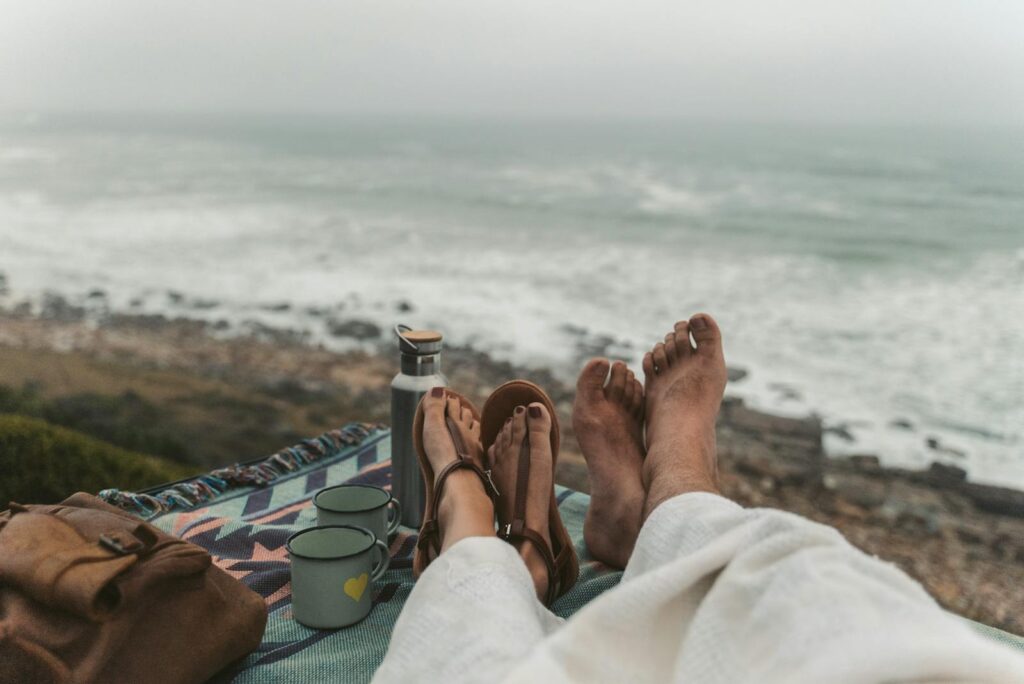
Barefoot sandals have long intrigued both footwear enthusiasts and health professionals alike. Imagine a shoe that allows your feet to move as naturally as possible, providing the ultimate blend of comfort, durability, and health benefits. This is exactly what these minimalist sandals promise. A podiatrist, Dr. Ray McClanahan, who specializes in natural foot care, is among the professionals advocating for this innovative footwear.
Dr. McClanahan, known for his expertise at Northwest Foot & Ankle, has been a vocal supporter of the biomechanical principles behind barefoot sandals. His stance is rooted in the belief that allowing feet to function naturally can have long-lasting health benefits. According to him, the flexible nature of these sandals supports foot muscles in a way that can lead to stronger arches, improved circulation, and better balance over time.
The skin on the bottoms of our feet is identical to that on our hands, providing proprioceptive information crucial for our orientation in space,” Dr. McClanahan asserts. This sensory input helps improve balance, since the feet can better sense the ground and the toes are free to splay out as needed. These dynamics make barefoot sandals particularly effective in training the muscles of the feet, contributing to enhanced stability and muscular endurance.
One of the most compelling arguments for barefoot sandals is the way they can bolster muscle strength in the arches of your feet. In modern society, our feet have been largely confined to rigid, structured shoes that offer excessive support at the expense of natural foot movement. The transition to barefoot sandals encourages the feet to adapt and grow stronger over time, potentially alleviating issues like plantar fasciitis, a common ailment among those who wear traditional shoes all day.

Dr. McClanahan emphasizes the importance of gradual adaptation to barefoot sandals. He suggests initially wearing them for just a few minutes each day, particularly for those accustomed to sturdy, structured footwear. Any change from a more structured shoe to a more flexible one is going to challenge those four layers of muscle in the bottom of the arch,” he notes. However, he adds reassuringly that these muscles “will rise up to meet the challenge if the challenge is appropriate.”
The benefits of barefoot sandals extend beyond muscle strength to include increased circulation. With fewer constraints and more freedom of movement, the feet’s natural blood flow is enhanced, promoting healthier skin and potentially reducing swelling in the lower extremities. This improved circulation is a boon for those who spend long periods on their feet or suffer from circulatory issues.
Beyond health, barefoot sandals align with an eco-conscious lifestyle. Many of these shoes are made from environmentally sustainable materials, reducing their ecological footprint. This aligns well with a growing consumer base interested in sustainable fashion choices.
Barefoot sandals offer a freedom that is not easily found in traditional footwear. They are lightweight, flexible, and often feature minimalist designs that can easily be packed for travel, making them a convenient choice for adventure enthusiasts and casual wearers alike.
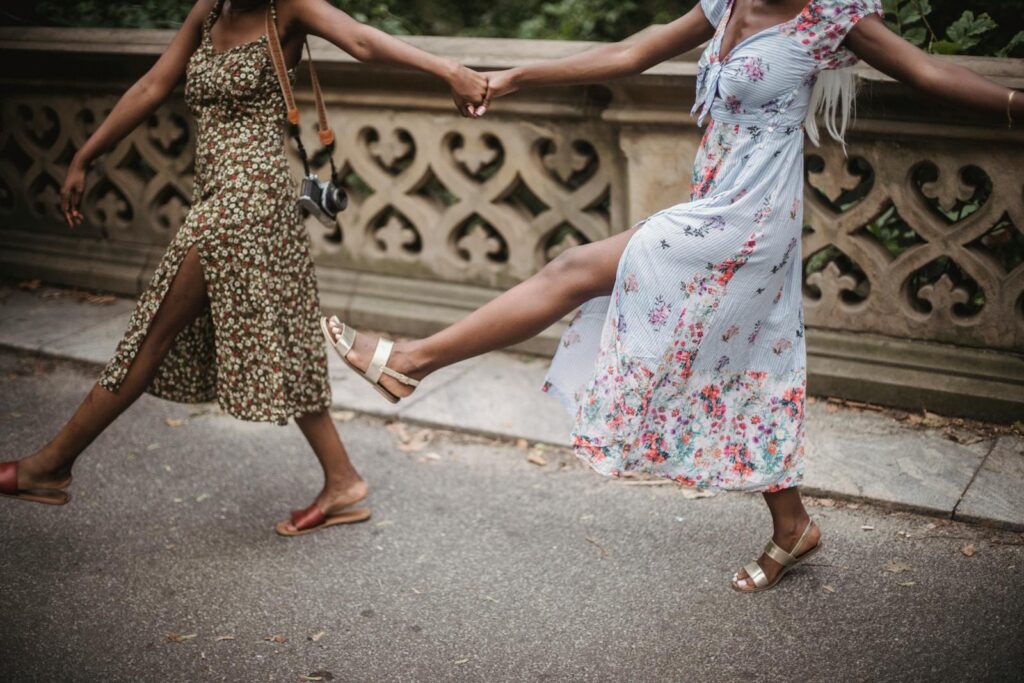
Product on Amazon: Xero Shoes Z-Trek II – Women’s Zero Drop Sport Sandals – Lightweight & Packable
Brand: Visit the Xero Shoes Store
Price: 59.99 USD
Rating: 4.3 Total reviews: 163
Top Review from US: “This is my first Xero brand shoe. I have been wearing Whitin brand barefoot minimalist shoes (3 styles of them) that I also purchased on Amazon. I wanted a sandal style that I could wear with socks when I wanted to (nothing between the toes) and these looked like they would work well. I wore them yesterday after they arrived and they feel great! The size 7 fit with plenty of room for toes to stretch forward when walking. I like how they adjust to fit the width. Since I didn’t have to get used to a barefoot shoe, these felt perfect right off the bat. These are definitely my new sandals!!! My Teva’s feel so heavy and clunky now after wearing these Xero’s. They will also make great indoor (slippers) shoes with socks in the colder months, so will be wearing them year round.”
Shopping on Amzon >>
For individuals who prefer not to go completely barefoot, these sandals offer a happy medium. They provide some of the sensory and muscular benefits of going barefoot while still offering a layer of protection against the hazards of walking shoeless in modern environments. This makes them a practical choice for both indoor and outdoor use, offering versatility in various settings.
Barefoot sandals are much more than a trend; they are a footwear revolution backed by scientific insight and expert endorsement. For anyone considering transitioning to a more natural way of walking, they represent a promising step towards achieving healthier feet and a more balanced lifestyle.
Transitioning to barefoot sandals is not just a shift in footwear; it’s a journey towards reconnecting with the ground beneath our feet. While the allure of barefoot sandals is evident, making the transition requires some thoughtful considerations and tips to ensure a smooth and beneficial experience. Dr. Ray McClanahan, a proponent of natural foot care, offers valuable guidance for those ready to embrace this minimalist approach to footwear.
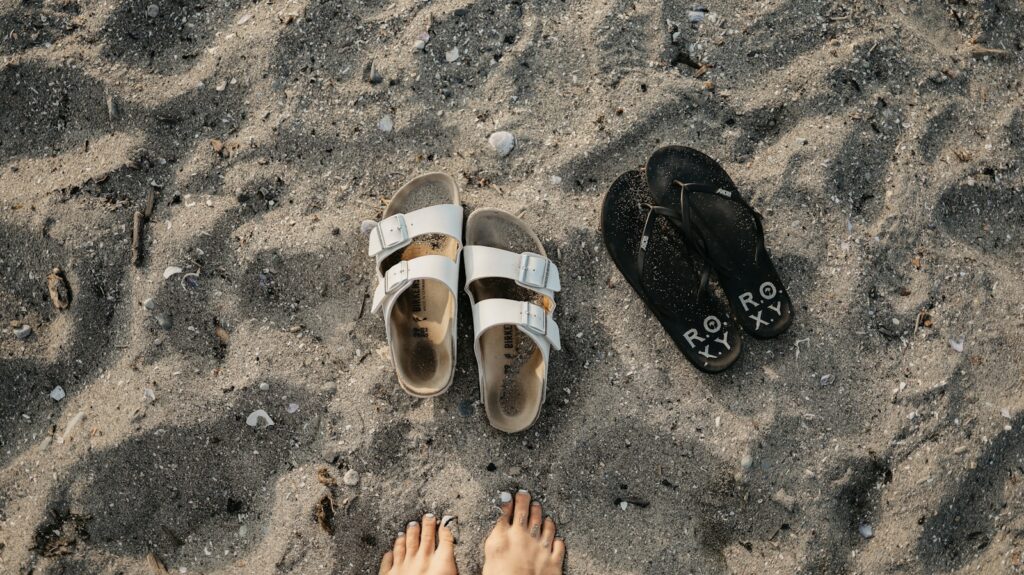
Product on Amazon: Xero Shoes Men’s Genesis Sandal – Lightweight, Minimalistic, Travel-Friendly
Brand: Xero
Price: 40.04 USD
Rating: 4.1 Total reviews: 862
Shopping on Amzon >>
One of the first things to consider is the gradual transition from traditional shoes to barefoot sandals. This is particularly important for individuals who have been accustomed to heavily cushioned or supportive footwear. Our feet, much like any other part of our body, require time to adapt to new challenges. The muscles, tendons, and ligaments in our feet may need to strengthen and adjust to the new demands placed upon them. Dr. McClanahan advises that wearers start by wearing barefoot sandals for short durations, gradually increasing the time as their feet grow stronger. This approach helps in avoiding any potential discomfort or injury.
Another essential aspect of transitioning to barefoot sandals is understanding the importance of proprioception. Proprioception refers to the body’s ability to perceive its position in space and is crucial for balance and coordination. Walking in barefoot sandals enhances this sensory feedback, allowing the feet to communicate more effectively with the rest of the body. This, in turn, can improve balance and reduce the risk of falls, particularly for older adults. By allowing the feet to feel the ground closely, barefoot sandals help train the body’s natural ability to respond to various terrains and surfaces.
It’s also crucial to consider the surfaces on which you plan to use barefoot sandals. While they are ideal for soft, natural terrains such as grass, sand, or dirt trails, caution should be exercised on harsher or uneven surfaces. Surfaces like concrete or asphalt may be too abrasive or hard for some, especially when transitioning. When starting out, it might be beneficial to choose environments that are more forgiving to ensure comfort and safety while your feet adjust.
Equally important is the choice of barefoot sandals themselves. There are various styles and materials available, each offering different levels of protection and flexibility. Some may prefer sandals with more coverage or a slight sole to protect against sharp objects, while others might lean towards more minimalist designs for maximum barefoot feel. When deciding, it’s wise to prioritize comfort and the specific needs of your feet.
Listening to your body is paramount during this transition. Any persistent pain or discomfort should not be ignored. It’s a sign that your feet may need more time to adjust or that a different style or fit might be necessary. Consulting with a podiatrist, like Dr. McClanahan, can offer personalized advice and adjustments to ensure a successful transition.
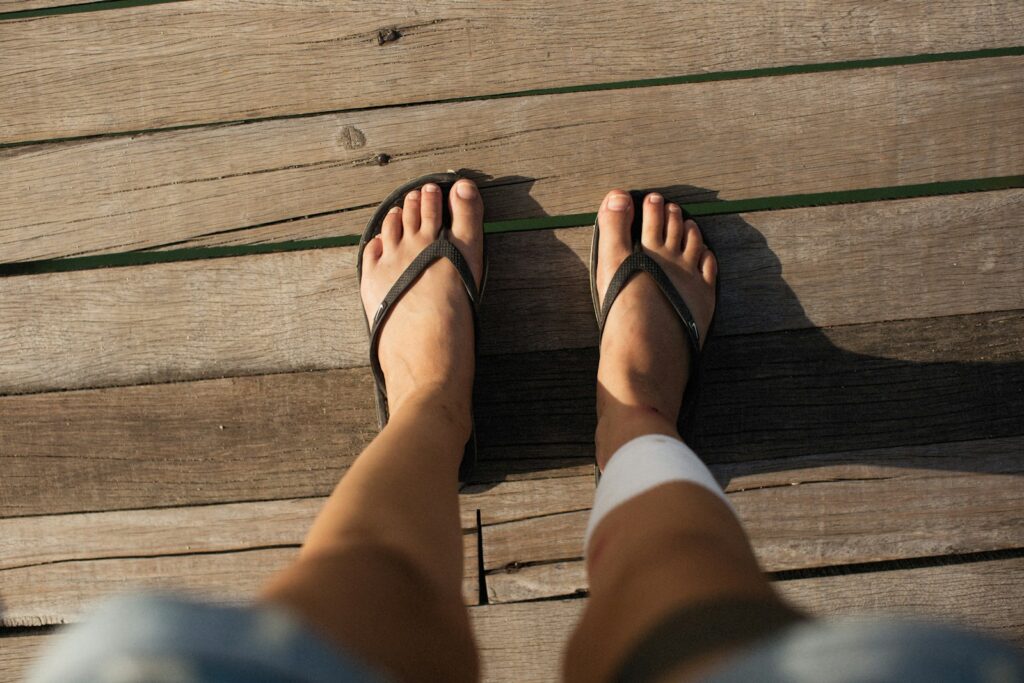
Incorporating foot exercises into your routine can significantly aid in strengthening the feet for barefoot sandals. Simple exercises such as toe curls, arch lifts, and balance drills can prepare the feet for new demands. These exercises not only strengthen the intrinsic muscles of the feet but also enhance flexibility and endurance.
As with any change, patience is key. Transitioning to barefoot sandals is a process that involves both mental and physical adjustments. The rewards, however, can be substantial—improved foot health, stronger muscles, and a more natural gait. Embracing this change means embracing a lifestyle that prioritizes foot wellness and natural movement.
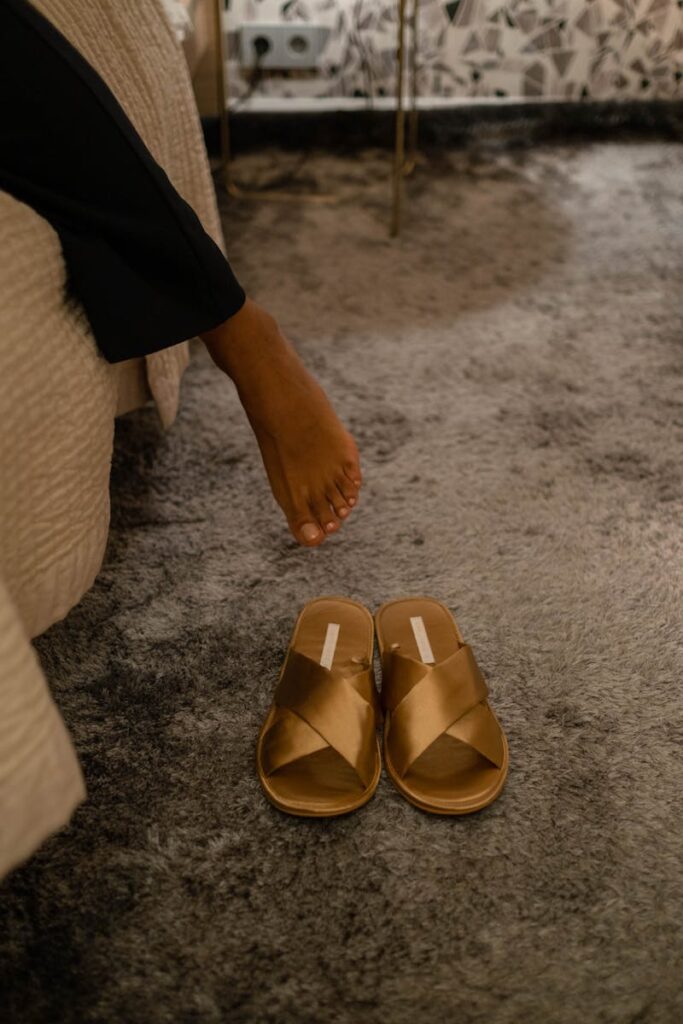
Barefoot sandals offer an opportunity to reconnect with the natural world and our own bodies. By transitioning mindfully and thoughtfully, wearers can enjoy the numerous benefits these sandals offer while also appreciating the journey towards a more natural way of walking.
Related posts:
Style Slippers Give Your Feet the Coziest Arch Workout You Could Imagine
Balenciaga’s ‘Barefoot Zero’ shoes slammed over ‘horrendous’ design
The best walking shoes of 2024: 15 comfortable sneakers that you can wear all day



